ClickandCargo Simulator for Training of Logistic Operations

Written by – Valentina Salinas, Product Manager clickandcargo.com
ClickandCargo has been in the business less than other software companies in the Spanish market but has been able to develop an Enterprise Resource Planning (ERP) platform that is able to compete fairly with software of similar functionalities. This why it was chosen by the EU-funded YEP MED project to act as the platform to support digital training of new professionals in the logistic sector.
The importance of information flow
A freight forwarder’s core business basically consists of handling import and export operations for their clients. The most important asset they have is the control of the information flow, as they sit in the middle of the logistics chain as the architects of import-export operations.
With e-commerce flooding international trade in recent years, and the ever-increasing demand for faster and more efficient shipments, digital information systems are a must. And since they are so fundamental, it is critical that new professionals understand how to operate within them. It is under this line of thought that ClickandCargo came into play.

The ERP explained
What is the simulated setup
In the YEP MED courses, students become employees of PlayForwarding, a freight forwarding company operating in YEP MED’s logistic virtual ecosystem. With branches across the Mediterranean, students from each country handle their local (virtual) client base, planning and managing door-to-door logistic operations.
Playforwarding’s ERP is ClickandCargo, from which students create commercial offers, handle the shipment records and execute the entire documental flow needed for import and export operations.
The ERP is configured just as if it were a real company. All third parties involved in the operations -including clients, agents, shipping, etc., are pre-registered in the system, alongside ports and other data to replicate real-life transport operations. Event though each branch operates separately, they have the ability to share basic information about clients. Default quality control rules apply just as in real life, so students cannot leave any required fields blank to move forward with an operation.
ClickandCargo simulates the integration of the ERP with YEP MED’s virtual Port Community System, that serves as the communication point with shipping companies and shipping agencies for the according documental needs. The environment of ClickandCargo also simulates e-mail communication of PlayForwarding with customs agencies and transport companies. This simulation allows students to receive customs clearances and container information from these companies – as they would be in real life.
Operations: From commercial to invoicing
Through the ClickandCargo platform, students can play different roles during the training. They are first asked to execute commercial tasks by creating a quotation directly in the ERP system. For this, the ERP has preloaded tariffs that allow the students to get familiarised with pricing and commercial tasks. How do you charge for sea freight? You are most likely to understand all the pricing concepts after quoting in the simulator.
After having an accepted quotation, students get their hands on handling all the documentation flows needed for a sea-freight operation. Using the different simulated communication channels (Port Community Systems (PCS), e-mail), students create and send the booking requests, transport orders, customs clearance requests, shipping instructions and House Bills of Lading (B/L). They get the chance to work both with import and export operations by sharing export shipment files with their branches at the destination ports.

YEP MED ERP Screenshot
In the near future we hope to be able to close the operations cycle by allowing the students to finally invoice the clients directly from ClickandCargo, make the final invoice reconciliations and close the records. This administrative work is an important step to understand all aspects of the freight forwarding business, and it will soon form part of the training.
Shortening the learning curve and setting precedents in good practices
The ERP simulator that ClickandCargo has put in place for this project gives an unprecedented value to the training of future professionals in the logistic business overall. It allows students to get their hands on a real software used for freight management and get the “learn-by-doing” experience. This experience serves as the initial training they would get in their first job, thus significantly shortening the learning curve.
Finally, what we as ClickandCargo find most exciting in this project is the great opportunity to create good practices in the execution of freight operations. The virtual logistic ecosystem created in under YEP MED is an important test for new functionalities, integrations and technologies before they go into real production. ClickandCargo sits in the middle of this virtual digital logistic chain, and we will work further to take this training to excellence.

















